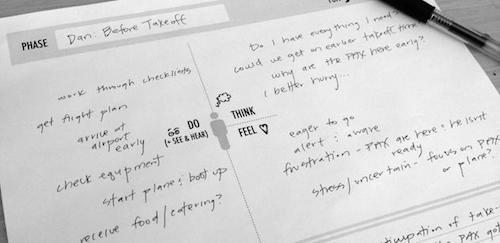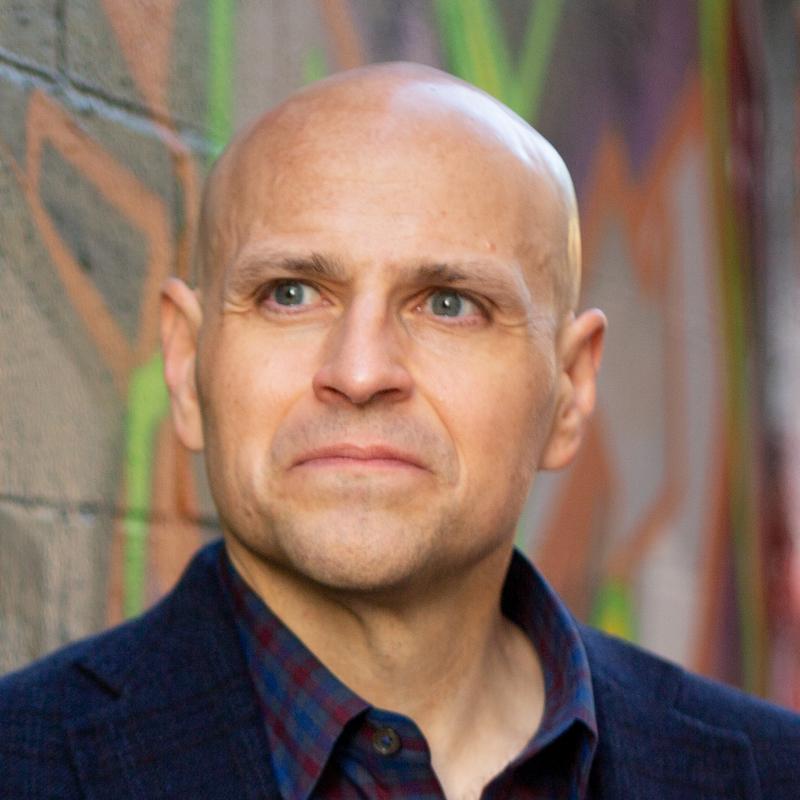
How do you know when it’s time to add a product manager to the team? Startups fall into one of several buckets when it comes to product leadership:
PM Zero – Product Founder/CEO: A founder (usually, but not always, the CEO) is the sole product leader. Sometimes product ownership is shared amongst founders, but one founder is usually the decider. They are Product Manager Zero. Typical challenges: understanding the problem you’re solving, getting to product/market fit, interpreting customer feedback, balancing product role with other CEO responsibilities.
PM One – First non-founder product manager: A non-founding PM is hired to take on day-to-day stewardship of the product. They could be a more junior individual contributor or at a VP level, but they’ve rolling up their sleeves at this early stage. Typical challenges: knowing when to hire, establishing credibility with the team, the changing role of the Product Founder, relationship dynamics between founders and PM.
PM Two – Multiple product managers: As the company grows, more PMs join the team, often reporting directly to the CEO. For the first time product responsibilities are being divided amongst PMs. Typical challenges: knowing when to hire and not over-hiring, not slowing down, handling rapid growth, maintaining focus on what’s important, figuring out how to divide product ownership.
PM Few – Nascent product organization: A handful of PMs become several, now becoming a product organization, usually led by a VP of Product or CPO. Typical challenges: continuing to move fast, communication across product areas, finding the right leader, avoiding distractions.
PM Many – Mature product organization: Large organization with PMs of different levels of seniority, often including those at a Group PM or Director level owning distinct product lines or surfaces. Typical challenges: avoiding politics and bureaucracy, the Innovator’s Dilemma, maintaining hiring standards, mentoring and growing junior PMs.
These aren’t meant to imply a necessary progression: not every company needs to go through these phases, nor in this order. In future newsletters I’ll tackle the challenges of each of these in turn. Today, let’s look at the jump from PM Zero to PM One.
“The only thing that will wreck a company faster than the product CEO being highly engaged in the product is the product CEO disengaging from the product.” – Ben Horowitz
Going from Zero to One
In the early days, one of the founders is the de facto product owner. Usually this is the CEO, but not always. Product Founders need full reigns prior to finding product/market fit – that’s the single most important priority and anything else is a distraction. After you get to market you’ll eventually need somebody besides the founder to be the day-to-day steward of the product. As Ben Horowitz puts it, Product Founders transition “to a process that enables you to make your contribution without disempowering your team or driving them bananas.”
Please don’t think this implies that the founder is “handing off” the product. The best Product Founders will always remain deeply engaged with the product (think Mark Zuckerberg or Larry Page). Their role changes from being in the day-to-day weeds to being responsible for the longer-term direction and vision. Rather than making countless tactical decisions, they’re thinking ahead, ensuring integration and alignment across teams, and seeing patterns from their lofty point of view and bully pulpit.
How will the Product Founder know when it’s time to bring in the first PM? When do you go from PM Zero to PM One? Many of the founders I’ve worked with are surprised when my recommendation is often not yet. Usually I discourage them from hiring until they’ve found product/market fit. But even when you’re hitting your growth phase, the danger of having too many cooks in the kitchen exceeds the cost of being overworked. A starvation diet when it comes to PMs is preferable to being overstuffed.
Surprisingly, your team may tell you when it’s time, although not in so many words. Here are some signals they’ll send:
“You’re slowing us down.” You have many other responsibilities for growing your business that take up an increasing share of your time – hiring, sales, fundraising, etc. Less time is available for daily product decisions, prohibiting your engineering team from moving quickly. Have mockups been sitting in your inbox for a week? Are you out of the office so much that the team can’t get timely decisions? Would hiring a PM increase the team’s velocity?
“You’re detached from the details.” The team has grown and you’re not as connected to the bug queue, user feedback, and technical details. Your engineers and designers constantly need to rewind and start from the beginning when asking you for decisions because you keep falling off the bus to run the company.
“The rest of our business needs you.” Some Product Founders have the opposite problem: they stay buried in the product to the detriment of the rest of the company. They spend too much time with the product and not enough with the business. The product might be cranking but your attention would be better directed elsewhere – hiring, business development, closing customers, marketing, or fundraising.
These are symptoms that it might be time to hire that first outside product manager, or as my GV partner and former CEO Joe Kraus says, fire yourself. Since it can often take months to find the right person, better to start talking to candidates now than when these symptoms have become painfully acute. Whom do you hire? Do you go with an experienced veteran who can take on a VP-level role, or with someone more junior who won’t balk at the inevitable grunt work? How do you set them up for success? Those sound like great topics for future newsletters.
Do you have stories (happy or sad) about hiring the first product manager? Let me know.
Good Reads
The legendary Bill Campbell believes a product manager should be your first hire. In an interview, he said, you need to add “somebody who can really understand the dynamics of what goes on in a marketplace, apply technology to that marketplace, see how the technology can work, and continue to advise brilliant scientists so they can adapt their products to make sure customers are happy.” You really should have that skill set on your founding team, but if you don’t, you’d better make it a priority.
Ben Horowitz elaborated on the Product Founder/CEO failure modes in Why Founders Fail: the Product CEO Paradox: “Note that it is really difficult to back off of any non-essential involvement yet remain engaged where you are needed. This is where most people blow themselves up: either by not letting go or by letting go.”
Hunter Walk shared his thoughts on when to hire that first PM in Seeking Captain America & Not Captain Crap: Hiring Your First Product Manager: “A company who hires its first product manager runs the risk of seeing its culture and tempo slow. Meetings, debate and measurement become part of a previously lightweight decision making process.”
And finally, Steven Sinofsky weighed in on the topic in Hiring Your First Product Manager: “Engineering resources are precious and timelines are always tight—being the founder-pm-bottleneck is no way to iterate your way to product-market fit.”
Following up on PMs and computer science degrees from last week’s newsletter, check out Jackie Bavaro’s series of posts on establishing credibility with engineering and avoiding common mistakes when you don’t have that technical background.
Empathy mapping is a user research technique for considering how someone is thinking and feeling as they engage with your product. A reader pointed me to this article from UX Magazine and this one on UXPin if you want to learn more. Keep your comments about empathy coming, and check out my earlier newsletter on empathy if you missed it.

